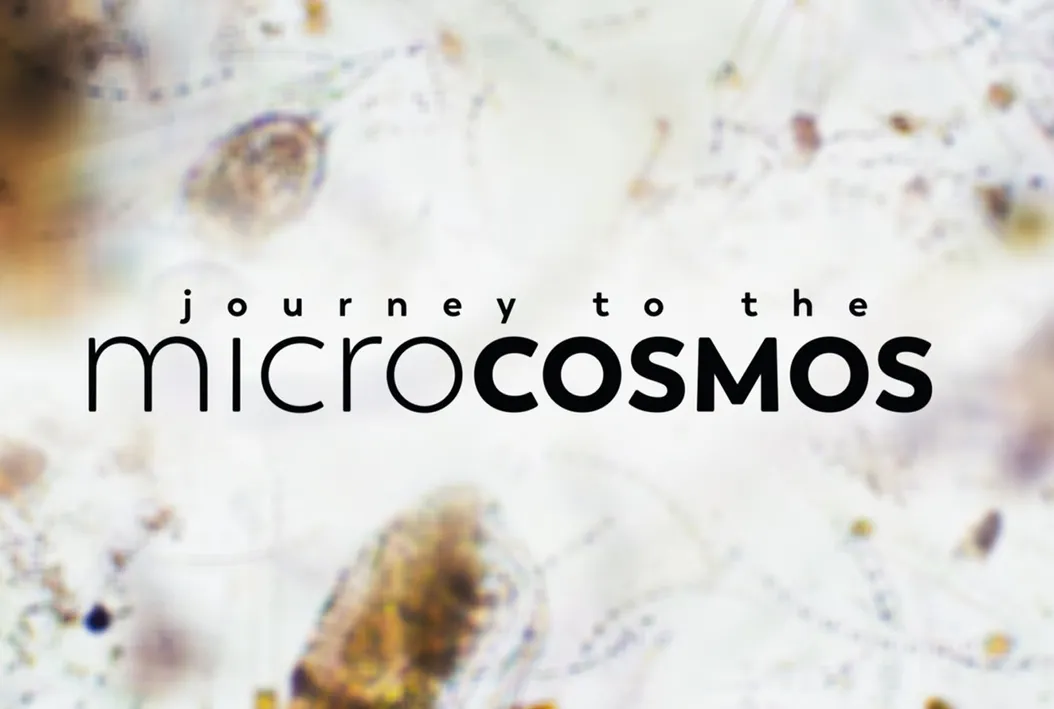I graduated from grad school in June last year, but it’s taken over a full year for me to finally feel like I’m done with the place. It wasn’t just some kind of prolonged emotional hangover, it was the fact that I had a paper to publish. But at long last, my paper has been published, and I am free!
I started my PhD with almost zero idea of what I wanted to study, which was probably a hint that I didn’t want a long-term academic career. The way I think about it now, seven
years is about how long I wanted to spend in biomedical engineering, and I think I go the best possible project for someone in that position. I came in with a very specific love of genetic circuits and the immune system, and miraculously, I came out with a project that combined both.
My parents taught me to be obsessed with the immune system. They told me about diseases and macrophages and vaccines, and honestly it’s a wonder I wasn’t bullied as the kid who knew that her favorite episode of The Magic School Bus was (and still is) the one where Ralphie gets sick. But in my defense, I have good taste: the immune system is the coolest system in the body. It’s a self-running security alarm that has to effectively catalog everything that belongs in your body—which is a fuckton of stuff—while also getting rid of things that don’t. Like cancer.
And when it comes to envisioning powerful new cancer therapies, one of the coolest things about the immune system is a simple but powerful fact: the immune system is made up of cells. And cells can be genetically engineered to do what you want them to do, like kill cancer. The most hyped of these genetically engineered immune cells are called CAR T cells, which uses a patient’s own T cells (an immune cell that that specializes in getting rid of infected cells), and wires them to be able to recognize cancer cells and kill them.
When I started grad school, CAR T cells had been establishing their potential, showing great promise against blood cancers in particular. But there were also some major problems. Our immune system is made up of very finely tuned checks and balances to make sure that when it starts killing some threat, it doesn’t accidentally take out the rest of our body. Throwing in our own set of instructions on top of that can disrupt those checks and balances. In some cases, CAR T cells have successfully targeted the cancer, but then reacted so strongly it actually becomes dangerous for the patient. In another case, a patient’s CAR T cells began killing off non-cancerous cells. These effects can and have been fatal.
All of this points to a fundamental challenge of CAR T cell therapy: sure, we’re programming these powerful cells to do an even more powerful thing, but at the end of the day, they’re still cells. When you put them back inside of a person’s body, they’re going to make decisions on their own. You might not always agree with those decisions, but you’re not inside of the cell making decisions for it, so tough shit.
BUT the brilliant thing about genetic engineering is that you can actually create ways to control a cell’s behavior even when it’s back inside of a patient. In synthetic biology, we like to call them “genetic circuits,” which I’ve realized (after talking to a lot of non-scientists) sounds a lot like we’re throwing electrical wires into a cell. Alas, that’s not what this means, but the underlying idea of a circuit is important. Just like there are circuits inside your electronics built out of wires and other components, we can build “circuits” that use bits of DNA and proteins to control how a cell behaves.
And this is what my PhD project was focused on. I wanted to control CAR T cells by creating a series of switches that could control when and how they respond to cancer cells. The idea was that a doctor could start with the CAR T cells in some initial therapeutic state . If that state is working for the patient, then great. No need for any changes. But let’s say they need the therapy to ramp down (maybe the T cells were getting a bit too active): in that case, the doctor could give the patient a drug, and through the genetic circuit I designed, the T cell would get the message and lower its response. All of this would let a doctor control the modified T cells at bedside, in response to a patient’s own needs, just by giving the patient a drug.
With this idea in mind, I created three different types of circuits: an ON switch that would turn on cancer-targeting when the drug is given, an OFF switch that turns it off, and what we called (for more technical reasons) an EXP switch that controls how strongly the cancer-targeting is working. And they worked! (I mean, just to be clear, I only tested these in vitro, meaning that I can only confirm that they work in a dish. But they worked!)
And that’s what my paper is about. It’s seven years of learning how to design genetic circuits, and having designs fall apart, and praying that the super sensitive machine doesn’t decide to fall apart for the fifth time that week, and switching to a 6 AM lab schedule so I can have the equipment to myself, and that time my experiments got set back by a month thanks to the Boston snowpocalypse, and that time I cried to my advisor because after 5 years it seemed like nothing was working, and then that evening when I troubleshooted through years of data to figure out that I just needed to fix one small thing.
It was all those things, and a whole bunch more that also never actually made it into the final publication. There’s so many conversations and friends and lab shenanigans that aren’t a part of the paper, even if they’re so clearly woven into the work. In the past year, this paper was the one thing that made me feel like I was still not done. I still had to respond to reviewers to get their approval, which meant digging through data and trying to remember experimental details without my notebooks (pictured at the top) nearby. It meant trying to dig up papers to cite and using EndNote without institutional access to either. It meant having to care about a project that for all intents and purposes, I can’t give anything more to.
I am so relieved to be done. For about 1/4 of my life I defined myself so much by this project, and I loved working on it even when it was miserable. I’m not sure if I’ll ever have something, at least professionally, that consumes me as much as grad school did. And I’m not sure if that’s good or bad.
Whew. That was long. Thanks for reading all the way through. If you have any questions about anything I described here, you can reply directly to this email! I know I sound over it, but I do love talking to people about this work, as evidenced by the 1000+ words on the subject. I’m skipping the usual recent science reads and movie/books/podcast recs this week, but they’ll be back next newsletter.

